A balcony garden is a perfect way to bring nature into your home, even if you live in an apartment. Imagine stepping onto your balcony and being greeted by lush greenery, colorful flowers, and the soothing scent of fresh herbs. Not only does a balcony garden enhance your living space, but it also improves air quality, reduces stress, and allows you to grow your own fresh produce.
Creating a beautiful balcony garden may seem challenging, but with the right approach, anyone can transform a small outdoor space into a green paradise. This guide will walk you through every step, from planning to maintenance, ensuring you have a thriving and stunning garden.
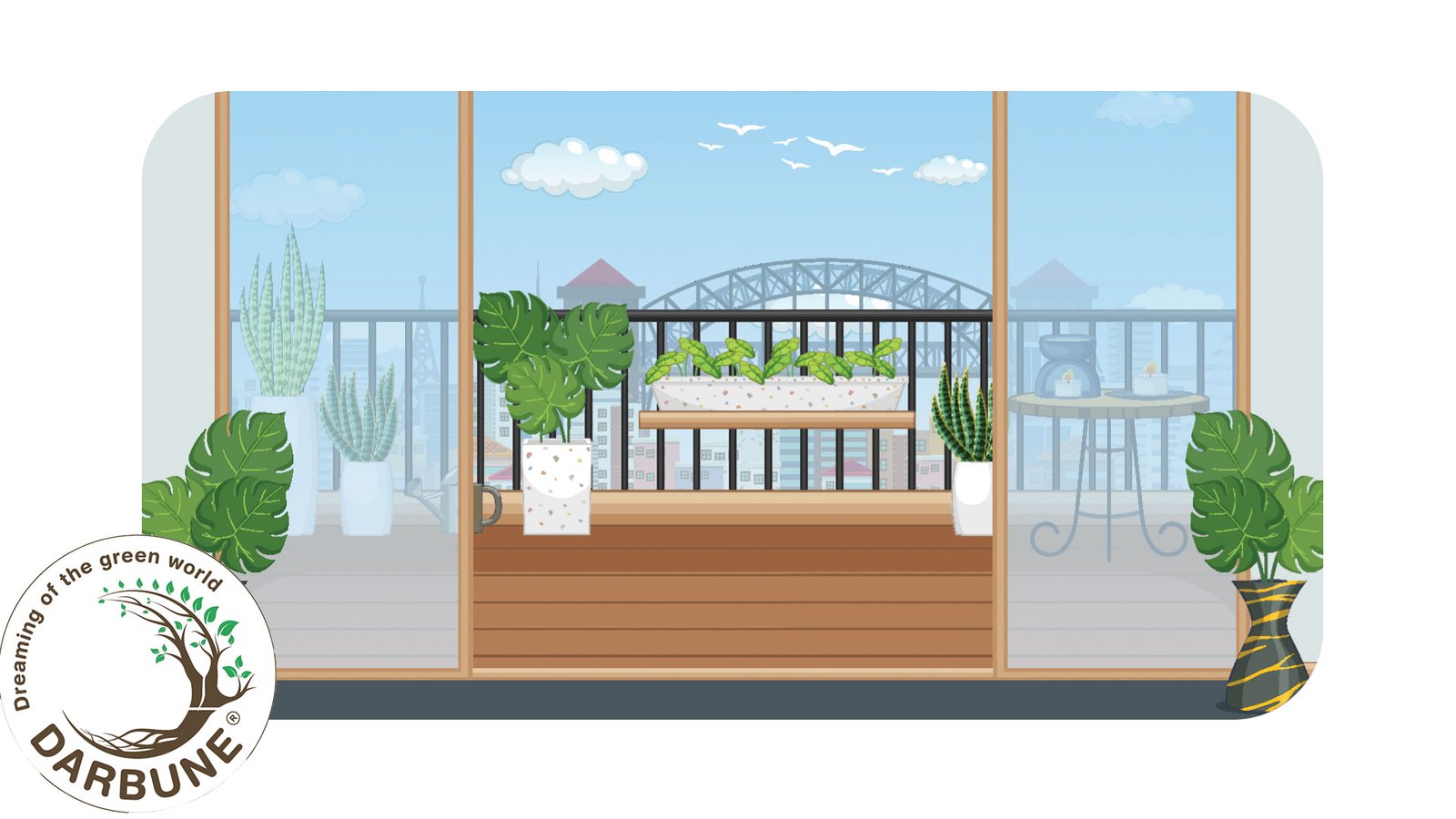
Planning Your Balcony Garden
Planning is the foundation of a successful balcony garden. A well-thought-out plan helps you optimize space, select the right plants, and create a harmonious layout that is both functional and visually appealing. Consider your personal preferences, climate, and the available space before making any decisions. Incorporating Types of Indoor Farming into your plan can also help maximize efficiency and sustainability. Careful planning ensures that your garden remains manageable and enjoyable year-round.
1. Assess Your Space
Before purchasing plants or décor, evaluate your balcony’s conditions:
- Sunlight exposure: Observe how much sunlight your balcony gets daily to choose appropriate plants.
- Wind conditions: Balconies on higher floors may face strong winds, requiring sturdy plants and protective barriers.
- Weight limits: Check building regulations to ensure your balcony can support the weight of pots and soil.
- Available space: Measure your balcony and decide on an efficient layout.
- Drainage: Ensure that excess water can drain properly to prevent plant damage and water buildup.
2. Choosing the Right Plants
Selecting the right plants is crucial for a successful balcony garden. Consider these factors:
- Sun-loving plants: If your balcony gets full sun, opt for succulents, lavender, and tomatoes.
- Shade-tolerant plants: For shady balconies, choose ferns, ivy, or peace lilies.
- Edible options: Herbs like basil, mint, and rosemary are great choices.
- Vertical plants: Use climbing plants like jasmine or passionflower for space efficiency.
- Seasonal variety: Mix annuals and perennials to maintain color and greenery throughout the year.
Setting Up Your Balcony Garden
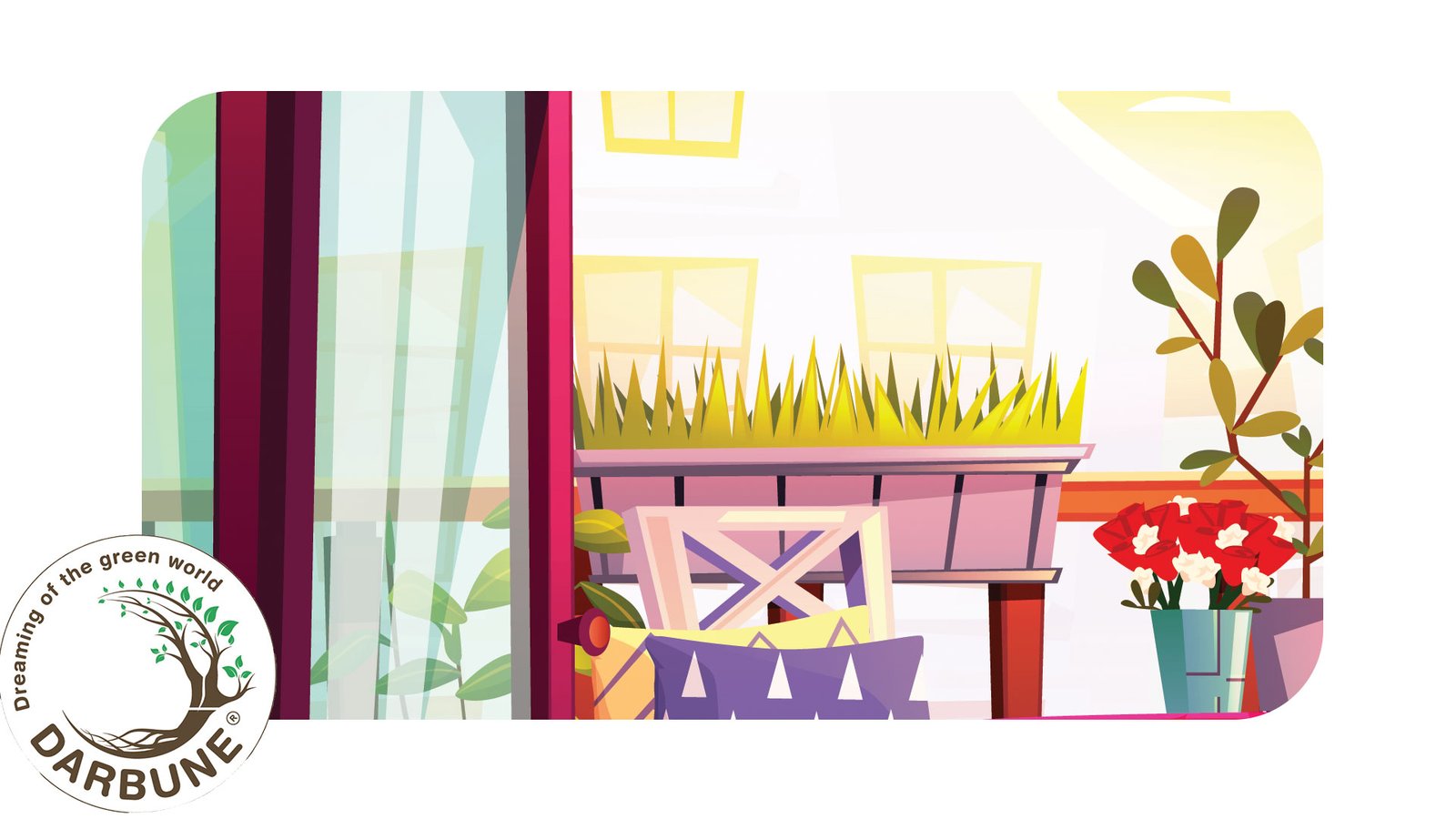
Setting up your balcony garden is an exciting process that requires the right tools, materials, and an efficient layout. Follow these steps to create a well-organized and thriving green space.
3. Selecting Containers and Planters
Choosing the right containers ensures healthy plant growth:
- Terracotta pots: Provide good airflow but dry out quickly.
- Plastic pots: Lightweight and retain moisture well.
- Hanging baskets: Perfect for small balconies.
- Vertical planters: Maximize space by using wall-mounted planters.
4. Soil and Fertilizers
Using quality soil and fertilizers is essential:
- Potting mix: Opt for a lightweight, well-draining mix.
- Compost: Adds nutrients and improves soil health.
- Liquid fertilizers: Boost plant growth periodically.
5. Watering Strategies
Balcony gardens need proper watering techniques:
- Self-watering pots: Reduce watering frequency.
- Drip irrigation: Efficient for larger gardens.
- Watering schedule: Adjust based on season and plant needs.
Enhancing Aesthetics and Functionality
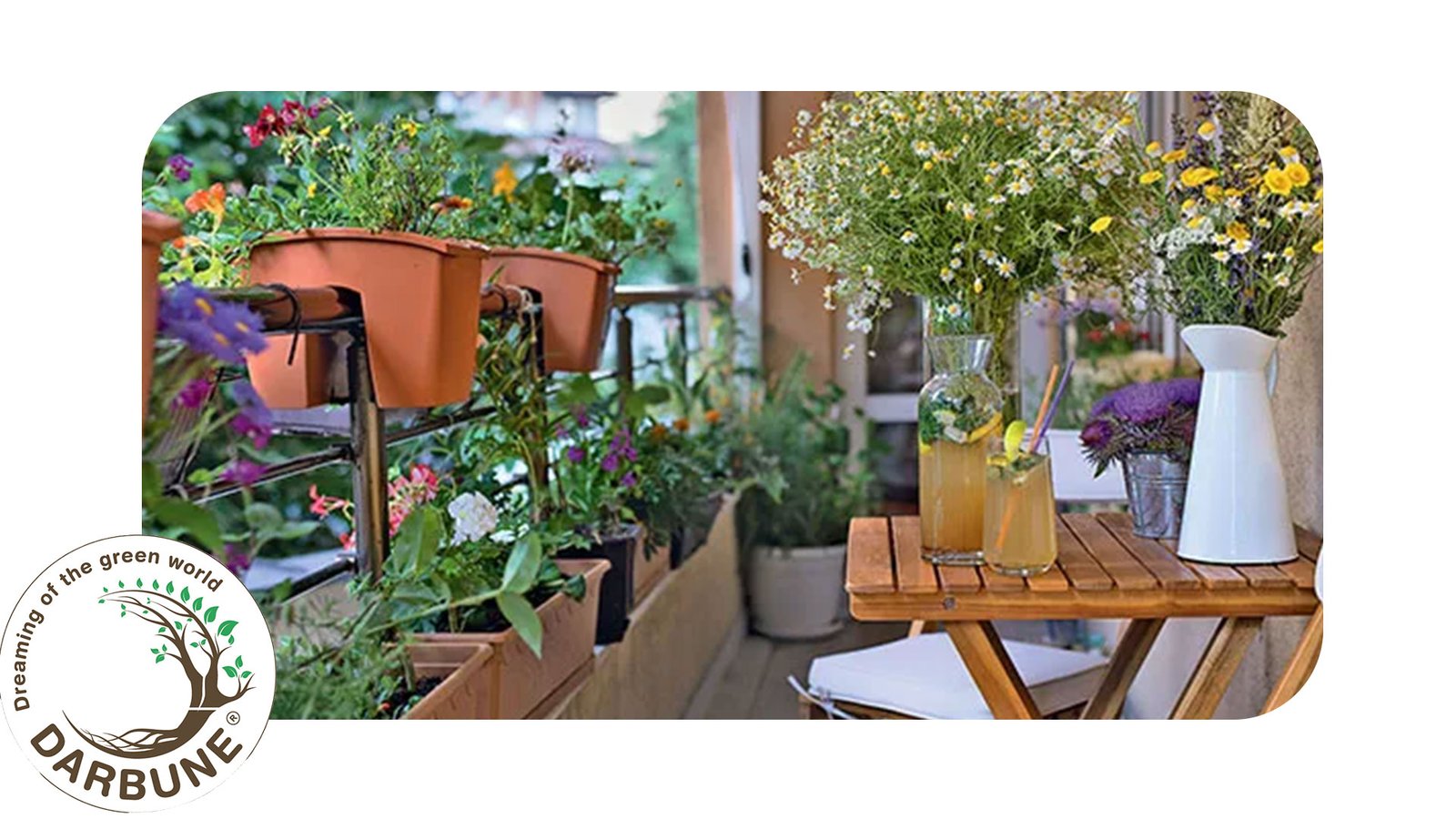
Enhancing the aesthetics and functionality of your balcony garden is essential to creating a space that is both visually appealing and practical. Adding decorative elements such as fairy lights, colorful pots, and outdoor rugs can instantly transform the ambiance, making your garden a cozy retreat. Incorporating trellises and arches allows for vertical gardening, adding depth and dimension while supporting climbing plants. With modern techniques like indoor farming and hydroponic farming, even those with limited space can create a lush and productive garden.
Maximizing small spaces is another crucial aspect—wall-mounted shelves, hanging planters, and foldable furniture help optimize every inch of the balcony without compromising beauty. Multipurpose furniture, like storage benches, offers both seating and extra space for gardening tools.
Functionality is equally important; ensure a clutter-free arrangement by grouping plants based on their light and water needs. Creating focal points with statement plants or decorative pots can enhance the overall aesthetic while maintaining harmony. By balancing beauty with practicality, you can design a balcony garden that is both stylish and easy to maintain.
6. Adding Decorative Elements
Make your balcony visually appealing:
- Fairy lights: Create a cozy ambiance at night.
- Outdoor rugs: Add warmth and texture.
- Furniture: Use foldable chairs or benches for comfort.
7. Maximizing Small Spaces
Use smart solutions to optimize space:
- Wall-mounted shelves: Store tools and décor.
- Corner plant stands: Utilize unused corners.
- Hanging pots: Save floor space.
Maintaining Your Balcony Garden
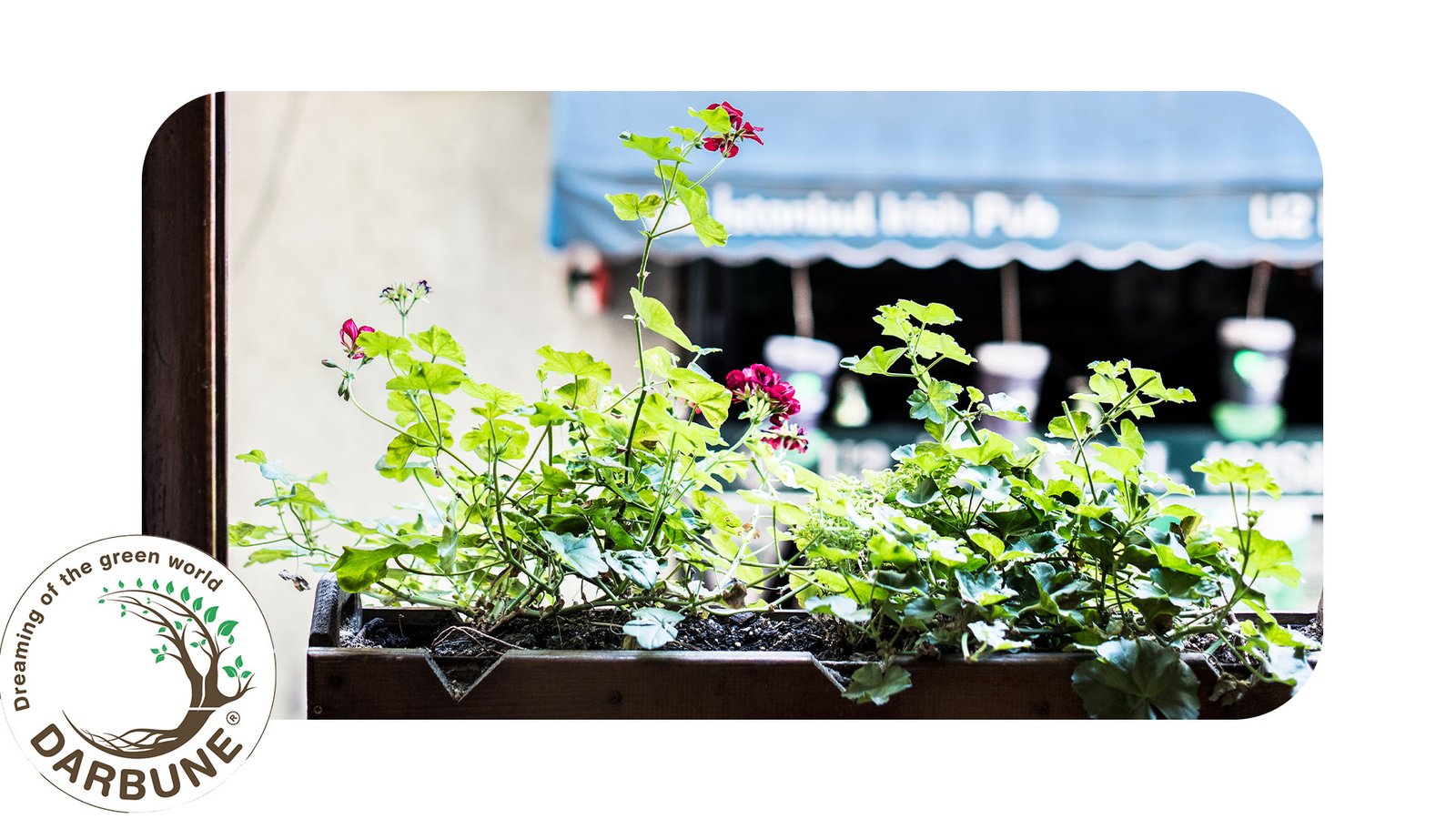
8. Pruning and Deadheading
- Trim dead leaves to encourage new growth.
- Prune overgrown plants to maintain shape and health.
9. Pest Control
- Neem oil spray: A natural pest deterrent.
- Companion planting: Grow pest-repelling plants like marigolds.
- Inspect plants regularly: Catch infestations early.
10. Seasonal Care
- Winter: Move sensitive plants indoors.
- Summer: Provide extra shade for heat-sensitive plants.
Conclusion
Setting up a balcony garden is a rewarding experience that enhances your home’s beauty and brings you closer to nature. By selecting the right plants, using space-efficient designs, and maintaining proper care, you can create a stunning and functional green retreat. Start small, experiment, and enjoy the process of growing your own personal oasis!
Frequently Asked Questions (FAQs)
1. What are the best low-maintenance plants for a balcony garden?
Succulents, snake plants, and pothos require minimal care and thrive in various conditions.
2. How can I protect my plants from strong winds?
Use windbreaks like trellises, bamboo screens, or place heavier pots at the edges.
3. Can I grow vegetables in a balcony garden?
Yes! Tomatoes, peppers, lettuce, and herbs grow well in containers.
4. How often should I water my balcony plants?
It depends on the plant type and season. Check soil moisture and water accordingly.
5. What are some creative ways to decorate a balcony garden?
Use vertical planters, fairy lights, outdoor rugs, and colorful pots to enhance aesthetics.

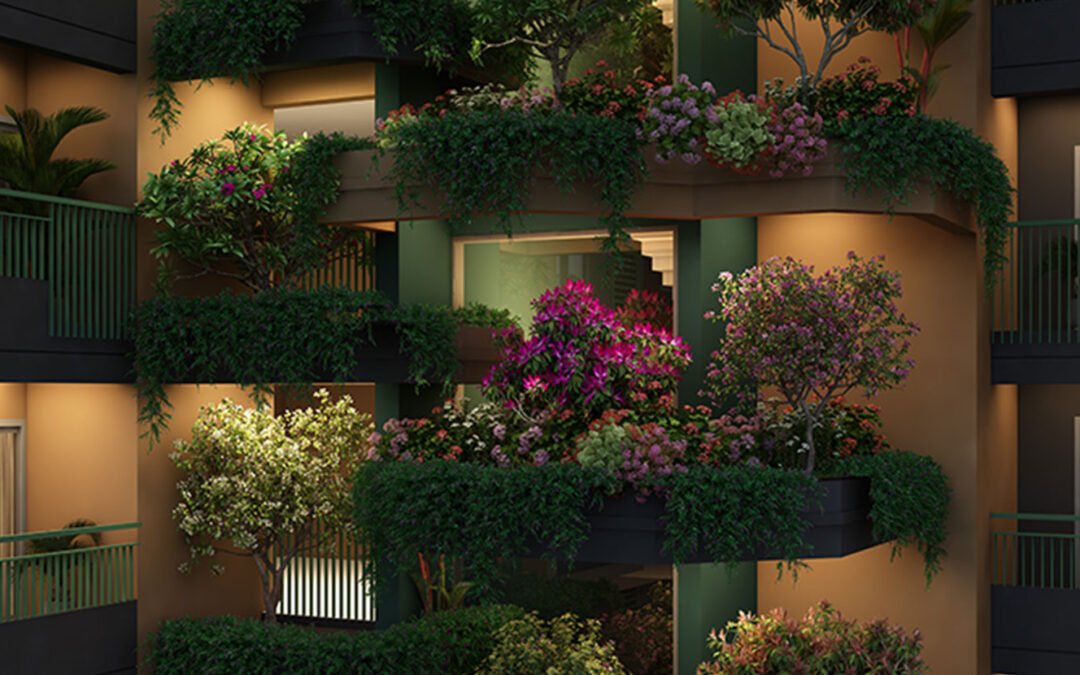
hi test comment